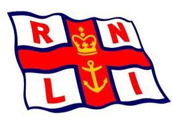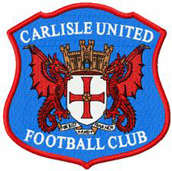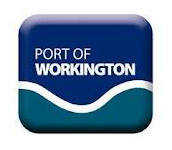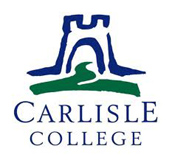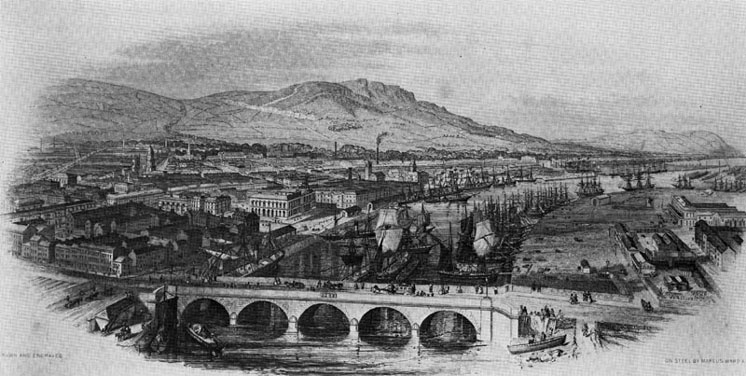- Home
- Scarrows
- Mariners
- Cumberland
- Miscellaneous
Belfast
History
The origins of the port in Belfast can be traced back to 1613, when, during the reign of James I, the town was incorporated as a borough by royal charter, with provision for the establishment of a wharf or quay. As a result, a quay was constructed at the confluence of the Rivers Fearset (Farset) and Lagan and the development of the Port of Belfast began. In the early 17th century Belfast was a small town with a population of only about 1,000 but it was busy. Wool, hides, grain, butter and salted meat were exported from Belfast to England, Scotland and France. Wine and fruit were imported into Belfast from France and Spain.
Records show that by 1663 there were 29 vessels owned in the town with a total tonnage of 1,100 tonnes. Later in the 17th century Belfast traded with the North American colonies. Tobacco was imported from there. Sugar was imported from the West Indies and refined in Belfast. Trade continued to expand throughout the century, to the extent that the original quay was enlarged, to accommodate the increasing number of ships.
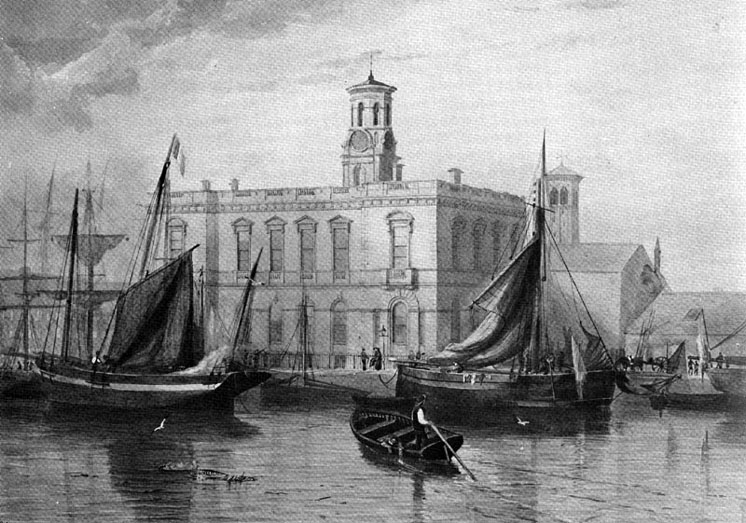
By the late 17th century Belfast probably had a population of about 1,500-2,000. It was swelled by French Protestants, fleeing religious persecution in their own country, who introduced linen weaving to Belfast. Other industries in Belfast were brewing, rope making and sail making.
By the early eighteenth century the town had replaced Carrickfergus as the most important port in Ulster. In the 18th century Belfast grew rapidly. The population of Belfast was only about 2,500 in 1700 but it grew to about 8,000 in 1750 and about 13,000 by 1780. During the 18th century increasing amounts of linen were exported from Belfast. In 1701 less than 200,000 yards of linen was exported from Belfast. By 1773 the figure had risen to 17 million yards. The White Linen Hall was built in 1788. Cotton spinning was introduced into Belfast in 1777.
In 1785 a Harbour Board was formed with responsibility for the upkeep of the harbour. Shipbuilding in Belfast began in 1791.
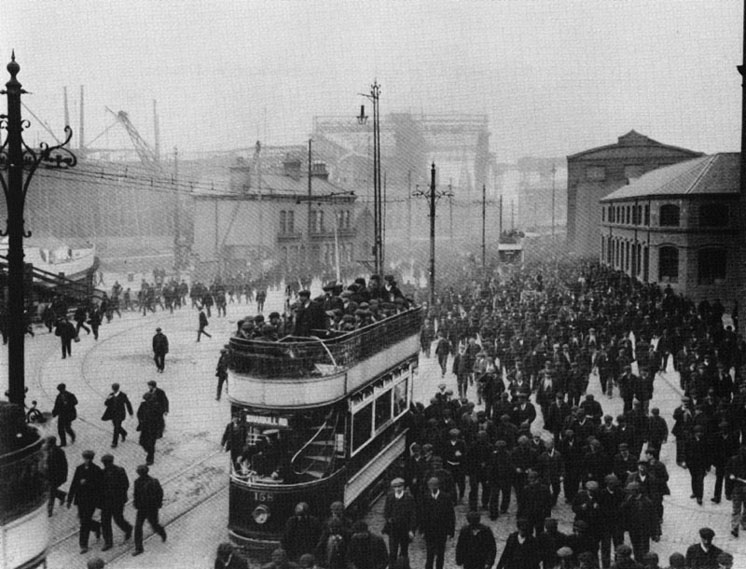
Belfast continued to grow rapidly in the 19th century. Belfast was made a borough in 1842 and it was made a city in 1888. The Harbour Commissioners Office was built in 1854. The Custom House was built in 1857. The shipbuilding industry in Belfast boomed. The Harland and Wolff shipyard was founded in 1862 by Edward J. Harland and G.W. Wolff. At its height, Belfast had one of the biggest shipyards in the world, employing over 30000 people. The rope making industry flourished during the 19th century. However linen was the dominant industry in Belfast.
From the mid 19th century the linen industry was industrialised and it was woven in factories. However the cotton industry declined severely in the mid-19th century. There were several iron foundries in Belfast in the mid 19th century and in the late 19th century a large engineering industry grew up. Also in the late 19th century there was a whisky distilling industry in Belfast and a tobacco industry.
By 1901 Belfast had a population of 349,000.
Imports
| Goods | Place of Origin |
|---|---|
| Coal | Whitehaven, Workington |
| Wine | France |
| Fruit | Spain |
| Tobacco | North America |
Exports
| Goods | Destination |
|---|---|
| Wool | England |
| Hide | England |
| Grain | England |
| Salted Meat | England |
| Butter | England |
Industry
| Port Industries | Other Industries |
|---|---|
| Shipbuilding | Linen Weaving |
| Sail-making | Brewing |
| Ropery | Cotton Spinning |
| Tobacco Processing | |
| Whisky Distilling |
Scarrow Associations
| Scarrow | Period |
|---|---|
| John Scarrow II | 1824-1828 |

